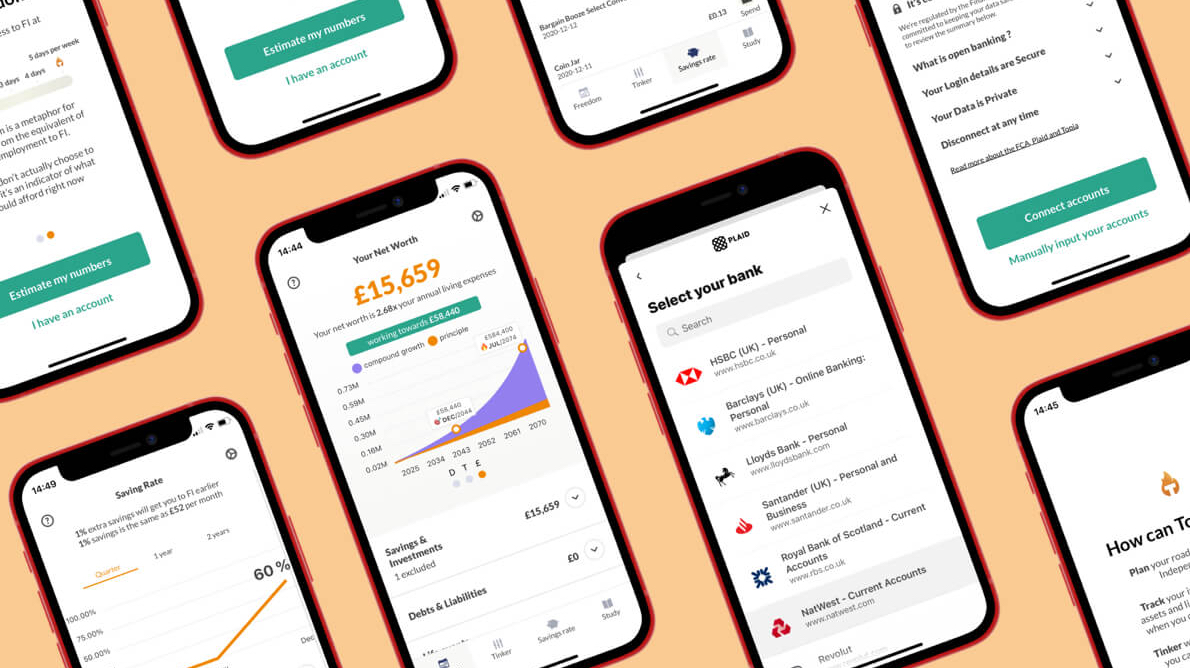How to get your app from idea to app store in 5 steps

If you have an idea for a mobile app, you might be wondering what it takes to turn that idea into a reality. The process can seem daunting, but with the right approach, you can bring your app to the app store in just five steps.
Step 1: Define your app idea and target audience
Before you can start building your app, you need to define your idea and identify your target audience. You should have a clear understanding of what your app will do, what problems it will solve, and who it will help. You should also identify your target audience and understand their needs and preferences.
If you are in search of a prototype, minimum viable product (MVP), or a fully developed production-ready application, getting a detailed scope together will always be paramount to getting good results. As part of this, it’s worth considering what features your app will require as this can have an impact on the development. Features like Push Notifications, Subscriptions, User Accounts and messaging might require other third-party platforms that can help.
Helpful tools to look at are:
- Firebase: App development platform with features like Authentication, Database, Instant messaging & deep linking
- OneSignal: Advanced Push Notifications
- Mixpanel: Analytics and insights into how your users will use the app
Step 2: Design your app
Once you have a clear feature definition of what your app will do and who it will serve, it's time to design your app. Create a wireframe, This will help you visualize your app and make sure it's user-friendly by defining all of the important journeys in your app. You can create a wireframe using a tool like Figma. Figma can then also be used to create a clickable prototype out of the wireframes, allowing you to see if there are any obvious gaps.
During the design phase of the app, it’s worth keeping in mind the App Store guidelines, as a wrong implementation of certain features can mean your app getting rejected down the line.
Step 3: Plan out your development
Before you can start development, you will need to create the relevant App Store accounts. For Apple, this will be an apple developer account, this will be the account your app will be published under. To ensure the app will be the best possible version, you can take a phased approach to development.
TestFlight is a tool provided by Apple that allows you to distribute your app to beta testers. During the development process, the developers will be able to upload versions for you & other users to test the app during it’s development process. This allows you to gather feedback, identify any issues, and make any necessary changes before submitting your app to the app store.
Now that you’ve set up your account, it’s time to start the fun. Building native mobile apps can be a complex and time-consuming process. Fortunately, there are frameworks that allow developers to rapidly build native mobile apps using web development technologies.
One such framework is React Native. It allows developers to write code once and deploy it to both iOS and Android platforms, saving time and resources. One of the main benefits of React Native is its ability to rapidly iterate & integrate new features due to its extensive library of pre-built components & functionalities. These components can be easily integrated into the app, reducing the need for custom development and further speeding up the development process.
React Native also allows for easy integration with native code, giving developers the flexibility to use platform-specific functionality when needed.
Step 4: Prepare your assets, Test and refine your app
Once your app is built, you need to test it thoroughly to ensure that it works as intended. This is where TestFlight will shine as you can start sharing the app with external testers. It’s also worth starting to prepare your app for submission, including filling in your app description, going through the privacy questionnaire & creating the needed assets.
Step 5: Submit your app to the app store
The big day is getting closer, once your app is tested and refined, it's time to submit it to the app store. After your app is submitted, it will go through a review process before it's approved for publication.
By following these five steps, you can turn your app idea into a reality and get it into the app store. With hard work, creativity, and a bit of luck, your app could become the next big thing in mobile technology.
Find out more

React Native
View now

